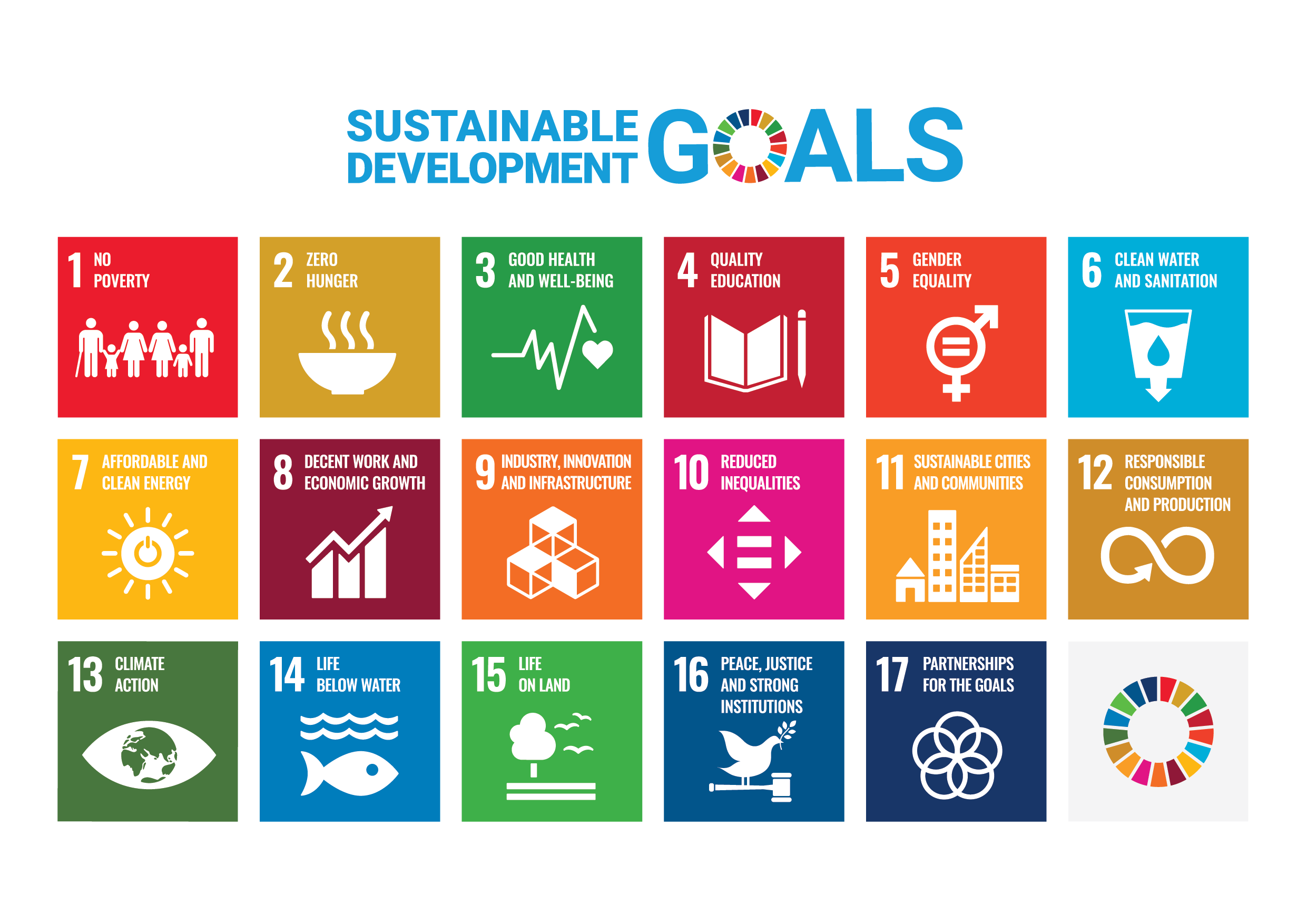In 2015, 193 countries adopted the 2030 Agenda for Sustainable Development and its 17 Sustainable Development Goals (SDGs). These goals are the blueprint to achieve a better and more sustainable future. The SDGs and their 169 supporting targets provide a framework to address the global challenges that we face. They set out a vision for a better world that is comprehensively sustainable: socially fair, environmentally secure, economically prosperous, inclusive, and more predictable. They provide a viable model for long-term growth that aims to drive a systemic, multi-stakeholder shift by 2030. This cannot be achieved by doing business as usual. It is a significant opportunity as the world’s leaders have promised to deliver them, but it requires actions from governments, businesses, civil society and citizens. The Supply Chain Sustainability School promotes learning, innovation and best practices to improve the sustainability skills of supply chains to encourage more sustainable industries.
How are businesses expected to support the SDGs?
An organisation should address its most material sustainability issues, which means the issues most relevant to its business. These issues may be risks (harmful impacts) or opportunities (areas where an organisation can contribute positively). Each organisation’s sustainability priorities will differ, and one of the first steps to becoming a more sustainable business is identifying the key issues.
Organisations of all sizes and across all sectors have been called on to prioritise their actions around the SDGs, focusing on the most material targets for their operations. Organisations should avoid aligning with targets that are ‘easy’ to do and should address those that represent the largest negative impacts or those where they can create the largest positive impacts.

